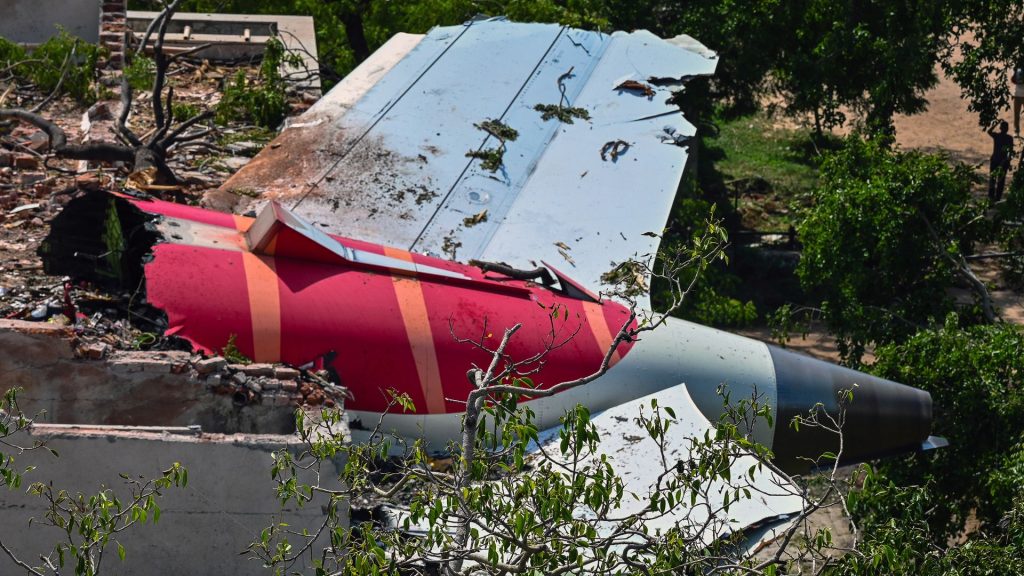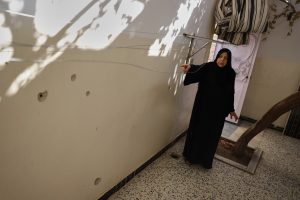Investigators focus on pilots, fuel switches in Air India crash

The investigation into June’s deadly Air India crash reportedly centers on whether the fuel switches on the Boeing 787 Dreamliner functioned properly. The Aircraft Accident Investigation Bureau (AAIB) will release a preliminary report on Flight 171’s crash on Friday, July 11.
The Wall Street Journal and Bloomberg have reported that the preliminary findings suggest that the engine’s fuel supply switches were turned off. However, it remains unclear whether this was intentional or accidental.
“If you move those switches from run to cutoff, those engines will stop running in literally seconds,” John Cox, the chief executive of Safety Operating Systems, told Bloomberg. He added that investigators cannot rule out the possibility of an unintentional switch movement.
Bjorn Fehrm, an aerospace analyst and ex-fighter pilot, said the plane’s takeoff video looked normal until the landing gear didn’t retract.
Of the 242 people on board, only one passenger survived.
Human factors and pilot experience
As a part of the standard investigation process, authorities are reviewing the background and experience of Flight 171’s cockpit crew. Captain Sumeet Sabharwal and first officer Clive Kunder had about 8,200 and 1,100 flight hours, respectively.
Accidental shutdowns have occurred in the past. In the 1980s, for example, a Delta Air Lines pilot mistakenly turned off both engines of a Boeing 767 at cruising altitude but was able to restart them without incident.
Aviation experts suggest that the Air India crew likely had insufficient time and altitude to restart the engines. A key emergency back-up device, the air turbine, was deployed, further strengthening the theory of a dual engine failure.
Final 30 seconds
After takeoff, the pilot never retracted the plane’s landing gear. The plane quickly began to lose thrust before crashing into a student hostel near the airport, causing a huge explosion.
Before impact, one of the pilots issued a mayday call.
After reviewing publicly available information about the crash, Fehrm, the aerospace analyst, described what appeared to be a simultaneous failure of both engines as “improbable like hell.”





